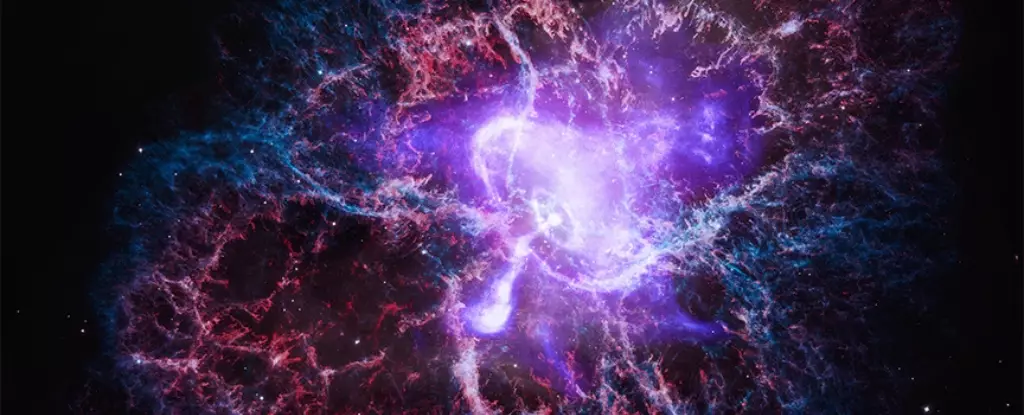For the past 25 years, NASA’s Chandra X-ray Observatory has been revolutionizing the field of astronomy by capturing the invisible secrets of the universe. Unlike traditional telescopes that focus on visible light, Chandra utilizes X-rays to unveil dramatic events in space, such as debris from exploding stars and superheated material swirling around black holes.
One of Chandra’s most groundbreaking discoveries includes revealing the existence of black holes scattered throughout the universe. Additionally, it was the first to provide direct evidence of dark matter, a mysterious substance that makes up a significant portion of the cosmos. Chandra also played a significant role in detecting colliding neutron stars, producing gravitational waves that ripple through space-time.
Stunning Images and Collaborations
Through nearly 25,000 observations, Chandra has captured awe-inspiring images of celestial phenomena. By collaborating with other observatories like the James Webb Space Telescope, Chandra has been able to uncover hidden structures within the universe, such as the “Green Monster” inside a supernova remnant. These collaborative efforts have led to a deeper understanding of the cosmos and its many mysteries.
Chandra’s capabilities extend beyond our own galaxy, as evidenced by its discovery of X-ray emissions from Jupiter’s polar lights. These colorful ribbons of light, similar to Earth’s auroras, are caused by charged particles from the sun interacting with the planet’s atmosphere. Chandra’s ability to capture such phenomena highlights its versatility in exploring both nearby planets and distant galaxies.
Despite its remarkable contributions to astrophysics, Chandra faces an uncertain future due to budget cuts. NASA’s reduced funding for the observatory may jeopardize its operations in the coming years. However, Chandra’s operating team remains hopeful that the observatory will continue to unveil new and fascinating discoveries before reaching the end of its mission.
As Chandra continues to peer into the depths of the universe, scientists anticipate even more revelations about the invisible secrets of the cosmos. By studying X-ray emissions from neutron stars and other celestial bodies, Chandra may uncover new insights into the nature of ultra-dense matter and other enigmatic phenomena. Despite the challenges ahead, Chandra’s legacy of discovery and exploration will endure for generations to come.


Leave a Reply